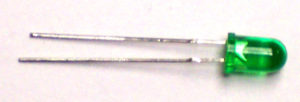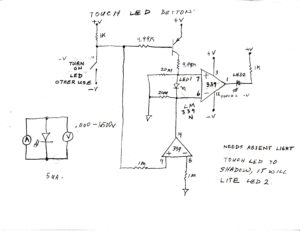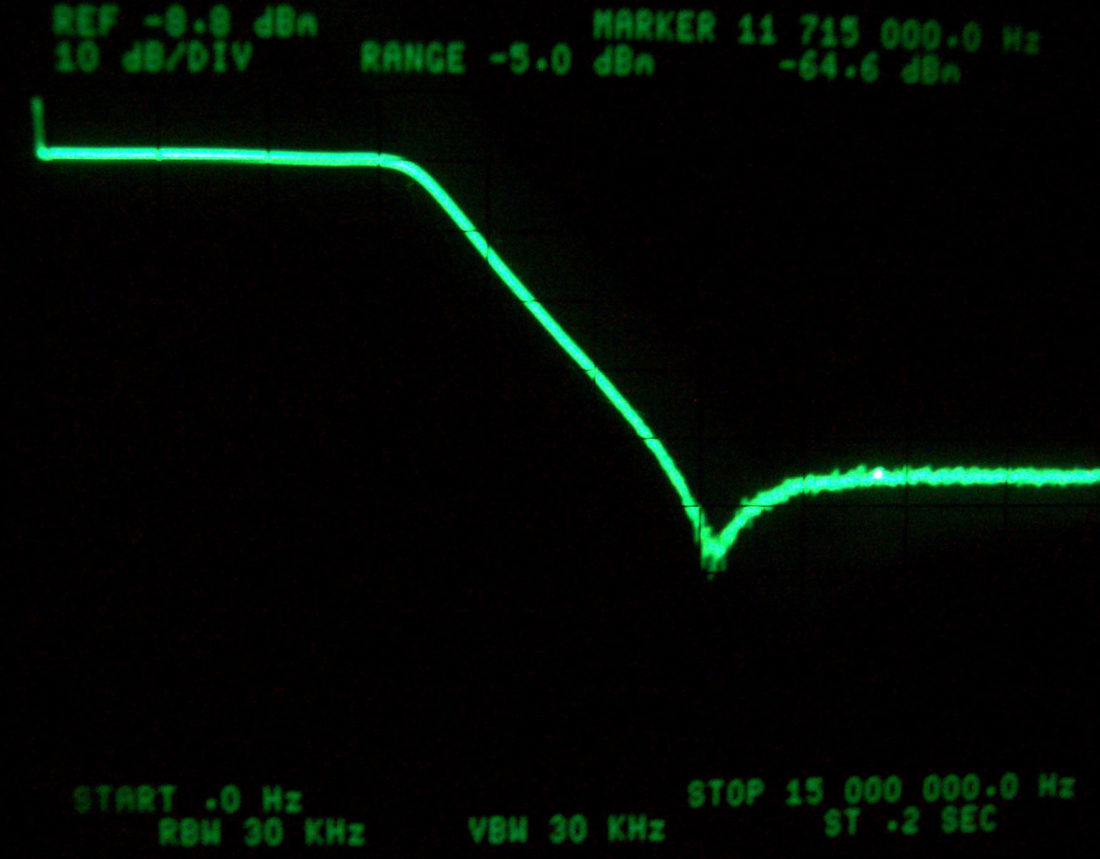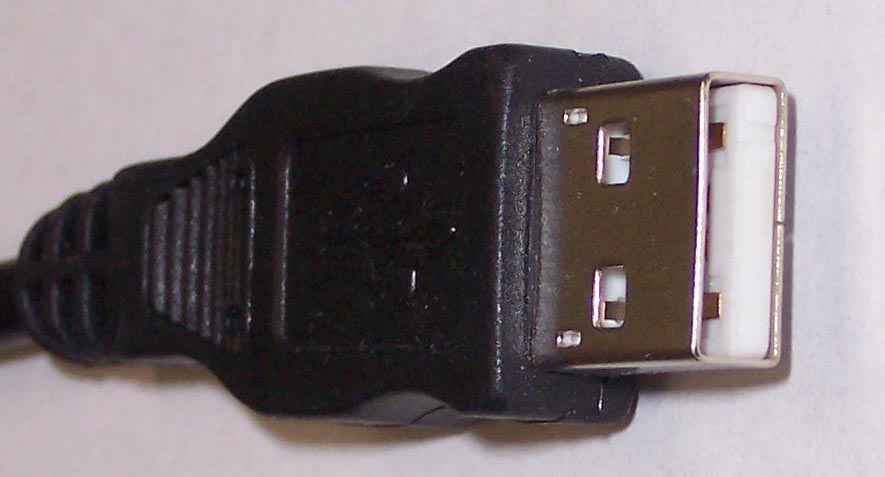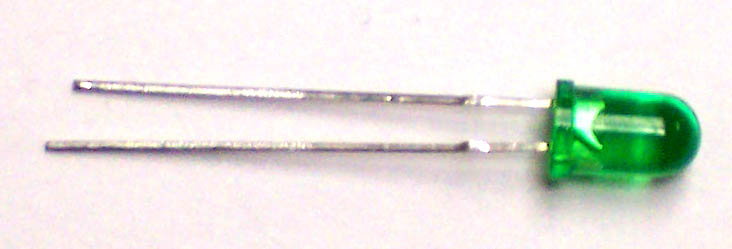
WHEN LED’S ACT LIKE PHOTOCELLS
WHEN LED’S ACT LIKE PHOTOCELLS
By: Don McClatchie
Just about everyone that has played around with electronics knows about the LED (Light Emitting Diode) and everyone can see them in our electronic devices to indicate the condition of things. I remember experimenting with some back in the late 1960s. The electro-luminescent effect was discovered by an employee named Henry Joseph Round in 1907 while working with G. Marconi of radio fame. Forward to 1961 when Gary Pittman and Robert Biard invented an infrared LED for Texas Instruments, but so far, no visible light LED was available. Then in 1962 Nick Holonyack an engineer for General Electric invented the first visible light LED. Made from gallium arsenide phosphide its color was red. Since then this wonderful relatively cool efficient light source has been used in just about everything that used to have hot light bulbs for indicators. Now to the point, there is a thing that all LEDs do that is not publicized much.
Besides supplying a cool efficient light source, the led can also be used as a photocell to supply a voltage output that can be measured and used to sense the light level in a room or reflected light from any surface. When light strikes the P-N junction of the silicon, electrons flow generating a voltage in much the same way as a solar cell, but with much less output voltage and current.
If you have an LED laying around, put a voltmeter on it and see what you get. The voltage developed is small from 0 dark to about 200 mV in ambient room light and up to 350mV or so in direct sunlight, with other light sources I have recorded up to 1.5 Volts across the LED. Now this may not seem like much, but with amplification you can use it to control things based on the light level received. Note that the current is extremely low, in the micro-Amps because the silicon junction is so small but if your load is not heavy, you will see enough voltage change to make it useful. With all the energy harvesting talk maybe someone can take advantage of this unusual aspect of the LED. Also LED lighting arrays are all the rage, and a string of LEDs would boost the voltage range and in some configurations the current output as well.
I designed a circuit to test the application. This circuit allows the LED1 to be turned on and off for an indicator using the switch and when it is off the LED1 serves as a light measuring device coupled with a comparator (for high signal gain) to turn on the LED2 when you touch the LED1 because your finger shades the silicon chip from the rooms ambient light source. So, touching the top of the LED1 would turn on LED2 because the light level falling on the silicon dropped and the resultant voltage generated by the LED1 also dropped. When the voltage drops, the comparator switches on the LED2. The transistor and comparator pin14 is used to isolate the LED1 from any loads when not in an ON state. Pin 14 of the comparator and the Collector of the transistor both go high impedance when the LED1 of in the OFF state. This was an experiment to see if the voltage generated by LED1 could be used for something useful. The voltage output of LED1 is stable with any light source but it is not linear with light level changes. It would be interesting to see how the LED1 reacts to different light frequencies.
So as an after thought, LED monitors with thousands of pixels could be scanned for this small voltage in between displaying a video image. Could it not work like a camera and transmit a picture as well as display one? I think the LED type monitors if built to read and display could do this, I wonder if someone will try this. Take an LED screen and scan the LEDs for photo-voltaic levels and see if it can be done. Would the monitor become a camera that did not need a lens? Because the area of the optical receiver is so large what would it see? Just some ideas…



